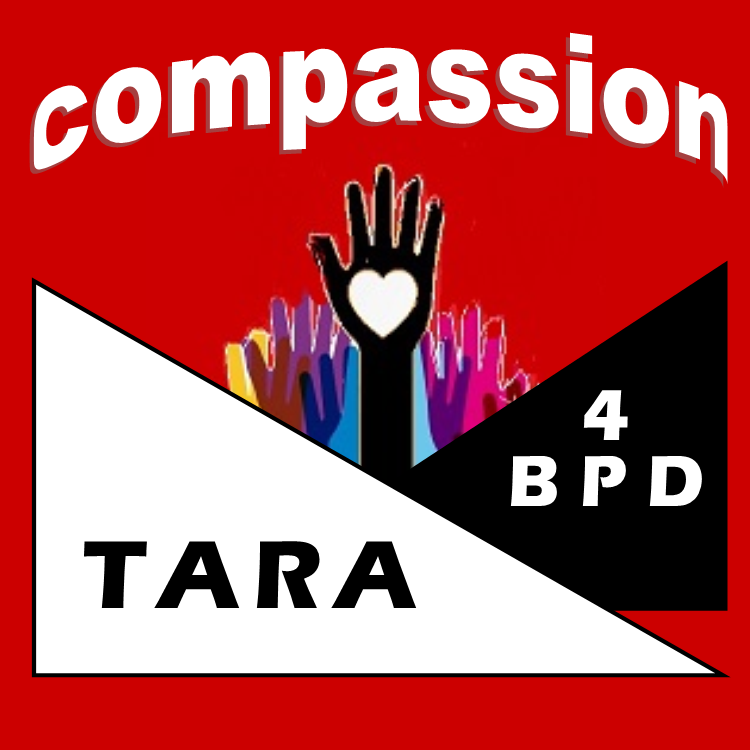Antisocial: A lack of socialization along with behavior patterns that bring a person repeatedly into conflict with society; incapacity for significant loyalty to others or to social values; callousness; irresponsibility; impulsiveness; and inability to feel guilt or learn from experience or punishment. Frustration tolerance is low and such people tend to blame others or give plausible rationalizations for their behavior Characteristic behavior appears before age 15, although the diagnosis may not be apparent until adulthood.
Borderline: Instability in a variety of areas, including interpersonal relationships, behavior, mood and self-image. Interpersonal relationships are often intense and unstable with marked shifts of attitude. Frequently there is impulsive and unpredictable behavior which is potentially physically self-damaging. Mood is often unstable with marked shifts from normal mood to dysphoric mood or with inappropriate intense anger or lack of control of anger. A profound identity disturbance may be manifested by uncertainty about self-image, gender identity, long-term goals or values. There may be chronic feelings of emptiness or boredom or brief episodes of psychosis..
Compulsive: Restricted ability to express warm and tender emotions; preoccupation with rules, order, organization, efficiency, and detail; excessive devotion to work and productivity to the exclusion of pleasure; indecisiveness.
Dependent: Inducing others to assume responsibility for major areas of one's life; subordinating one's own needs to those of others on whom one is dependent to avoid any possibility of independence; lack of self-confidence.
Histrionic: Excitability, emotional instability, overreactivity, and attention- seeking and often seductive self-dramatization, whether or not the person is aware of its purpose. People with this disorder are immature, self-centered, vain, and unusually dependent. Sometimes referred to as hysterical personality.
Narcissistic: Grandiose sense of self-importance or uniqueness; preoccupation with fantasies of limitless success; need for constant attention and admiration; and disturbances in interpersonal relationships such as lack of empathy, exploitativeness, and relationships that vacillate between the extremes of overidealization and devaluation.
Paranoid: Pervasive and long-standing suspiciousness and mistrust of others; hypersensitivity and scanning of the environment for clues that selectively validate prejudices, attitudes, or biases. Stable psychotic features such as delusions and hallucinations are absent.
Passive-aggressive: Aggressive behavior manifested in passive ways such as obstructionism, pouting, procrastination, intentional inefficiency, and obstinacy. The aggression often arises from resentment at failing to find gratification in a relationship with an individual or institution upon which the individual is overdependent.
Schizoid: Manifested by shyness, oversensitivity, social withdrawal, frequent daydreaming, avoidance of close or competitive relationships and eccentricity. Persons with this disorder often react to disturbing experiences with apparent detachment and are unable to express hostility and ordinary aggressive feelings.
Schizotypal: The essential features are various oddities of thinking, perception, communication, and behavior not severe enough to meet the criteria for schizophrenia. No single feature is invariably present. The disturbance in thinking may be expressed as magical thinking, ideas of reference, or paranoid ideation. Perceptual disturbances may include recurrent illusions, depersonalization, or derealization. Often there are marked peculiarities in communication; concepts may be expressed unclearly or oddly, using words deviantly, but never to the point of loosening of associations or incoherence. Frequently, but not invariably, the behavioral manifestations include social isolation and constricted or inappropriate affect that interferes with rapport in face-to-face interactions.
*Definitions from Psychiatric Glossary (American Psychiatric Association. 198+, pp. 103-105).
